

When to Plant Potatoes
The potato has become perhaps the most popular crop in homes and small garden gardens; it is famed for the versatility, ease of handling, and positive effect on health that it represents in so many families. It is important to remember that, as an eco-thermal crop, proper timing when planting is essential for a bountiful harvest. When it comes to planting, it can go all the way from success to failure if the timing is not right, and if you do it correctly and at the right time, you should expect to have great produce this year. We are going to discuss about When to Plant Potatoes .It will be a detailed and thorough guide for all the plant lovers.
Caring for the appropriate date for planting potatoes.
The optimum season for potato planting is mainly governed by the local climate; however, growing conditions also play a huge role. For the most part, the most suitable temperature for the potatoes to be planted is at least 40°F (4°C), or between late March and early May in temperate regions. The window gives the tiny tubers a chance to grow with thriving roots and also keeps them safe from risks like frost.
In days of warm climate, a good timing of planting should be to wait till the soil is thawed and the risk of frost is over. When spring comes and the weather is warm enough, frost can pass; this is what often comes in late April or early May. Contrary to that, warm areas may allow you to plant as early as the end of February or March, as soon as the soil is ready for planting and the spring frost is gone.
How to choose the right variety to plant and where it is recommended to position it are other factors determining the planting time for potatoes. Premiering seasons, to which Yukon Gold or Red Norland belong, can be planted earlier than long-season varieties like Russet Burbank or Kennebec. You can expand your harvest by planting your potatoes at staggered planting times and enjoying them throughout the growing season.
It is important to build the soil as a foundation for the planting of the potatoes.
Good soil preparation is what a potato farmer should always cover, so when is the right time? Potatoes like well-drained, nutrient-rich soils with a pH between 5.0 and 7.0; this is a slightly acidic condition, and they grow much better. For best results, soil amendment with well-decomposed compost or well-rotted manure before planting is encouraged to improve drainage and provide the required nutrients.
For heavy soil or clay-based soil, adding organic waste or sand may be beneficial in alleviating the soil structure and enhancing drainage. This will alleviate the risk of soil becoming waterlogged, which in turn may affect the health of delicate potato tubers and cause other problems.
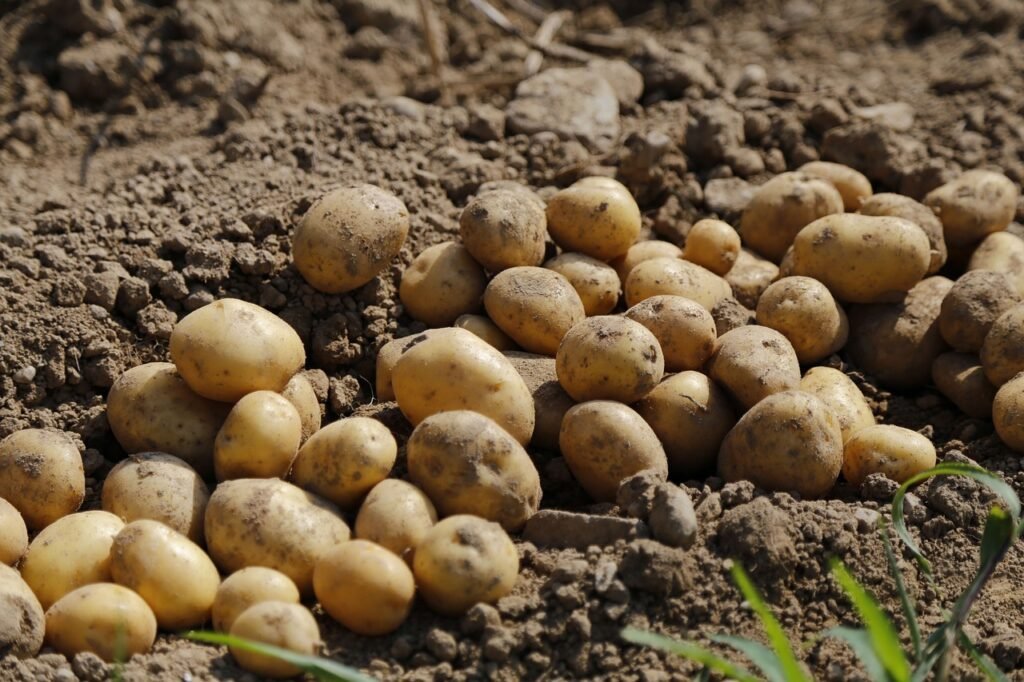
Planting potatoes: Dive, act to the appropriate depth, and spread evenly. Also, decide which kind of technique you should choose.
Planting potatoes like this keeps in mind the depth and spacing of the potatoes, which are also important. Although it depends on the size of the potato tuber, most of them need to be buried about 3–4 inches (7–10 cm) deep and 12–18 inches (30–45 cm) apart, with the rows kept about 2–3 feet (60–90 cm) apart. This space allows the roots to expand, aerate the soil, and, similarly, eliminates diseases in the plants and contributes to the healthy development of the plants.
When to plant those potatoes may vary depending on the size of the potato pieces that you’re going to use. If you are putting the whole potatoes aside, they should have a little bit more spacing (around 38–45 cm apart). This requires that every cut seed piece be planted no further than 12 inches (30 cm) apart.
When planting potatoes, make sure to direct the little eyes up towards the sky. It increases the odds that the sprouts will come out straight and grow in a proper direction.
Looking After the Potatoes during the Growing Season
To have a good bounty of potatoes, proper care and maintenance are a must-have, even if you want the harvest before or after the official season. Here are some key considerations for caring for your potato plants throughout the growing season:
Watering:
Potatoes need to be watered regularly, especially during the development of the tuber and, in most cases, before we harvest the tubers. I want the dirt to be perpetually watered, but not in a waterlogged condition. Drip irrigation or soaker hoses can be highly useful in improving water use performance and minimizing water waste.
Hilling:
Whenever the plant tends to grow, i.e., moving soil around the base of the plant is very vital. This is one of the important reasons why we use mulch, as it is a means of keeping the developing tubers out of sunlight, which might otherwise cause them to turn green and fall into the inedibility category.
Fertilization:
With the smaller size of plants, potatoes turn out to be heavy feeds, and due to this, balanced, nitrogen-rich fertilizers have to be applied during the crop-growing season. Make sure that you follow the rates and time of application that are recommended by the manufacturer when applying the products.
Harvesting and storing potatoes
Sowing potatoes rather precisely results in uncertainty about harvesting time. Earlier-type potato varieties can be harvested at 10–12 weeks from planting, whereas the end of their maturity can be 14–20 weeks from the time of planting.
To have potatoes, keep waiting until the plants have flowered and the leaves start to express extreme droopiness. Slightly part the earth around the plants with a fork or trowel while taking care not to injure the roots. Lightly brush the soil off and let the potatoes mature in the sun for several hours. Then it is time to store them.
Although proper storage is probably one of the keys, it is hard to ensure that it is done right all the time because most farmers find it too labor-intensive. It would rather be the pantry or garage in a cool, dark, and airy atmosphere, or even the hummocks or root cellar.
Conclusions about When to Plant Potatoes
Know this or that fact about the potato cultivar, add a little bit of care, and there you have it: the proud outcome of growing your potatoes at home. To this end, whether gardening is already your passion or you’re only beginning, this guide should provide you with the information you need to plant potatoes at the right time and lead you to a fruitful and rewarding potato harvest. That was all about when to plant potatoes.
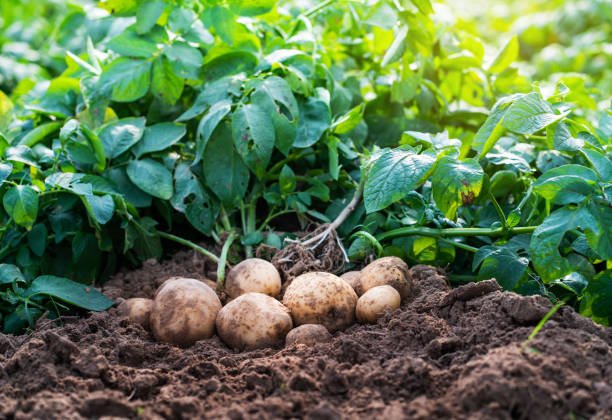
FAQs about When to Plant Potatoes
FAQs about When to Plant Potatoes
Yes, potatoes can also be grown in sacks, raised beds, or on small plots of land. Selecting a container or bed with a height of 12 inches (30 cm) will serve to hold the growing tubers.
How many inches? Should I bury potatoes?
While planting the potato pockets, first make some holes in the soil at a depth of about 8–10 cm. Then, place the seed pieces or whole tubers in these holes. The layers on this palm help overcome the tuber’s exposure to sunlight.
Table of Contents
Subscribe Now
Recent Post


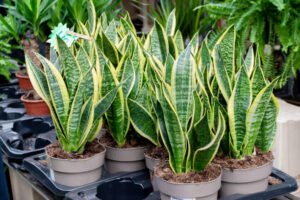
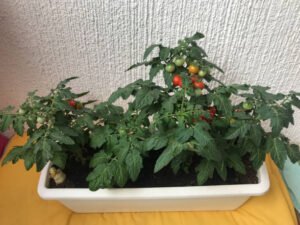


When to Plant Potatoes: A Tutorial for Comprehensive Potato Crop Care
Related Posts
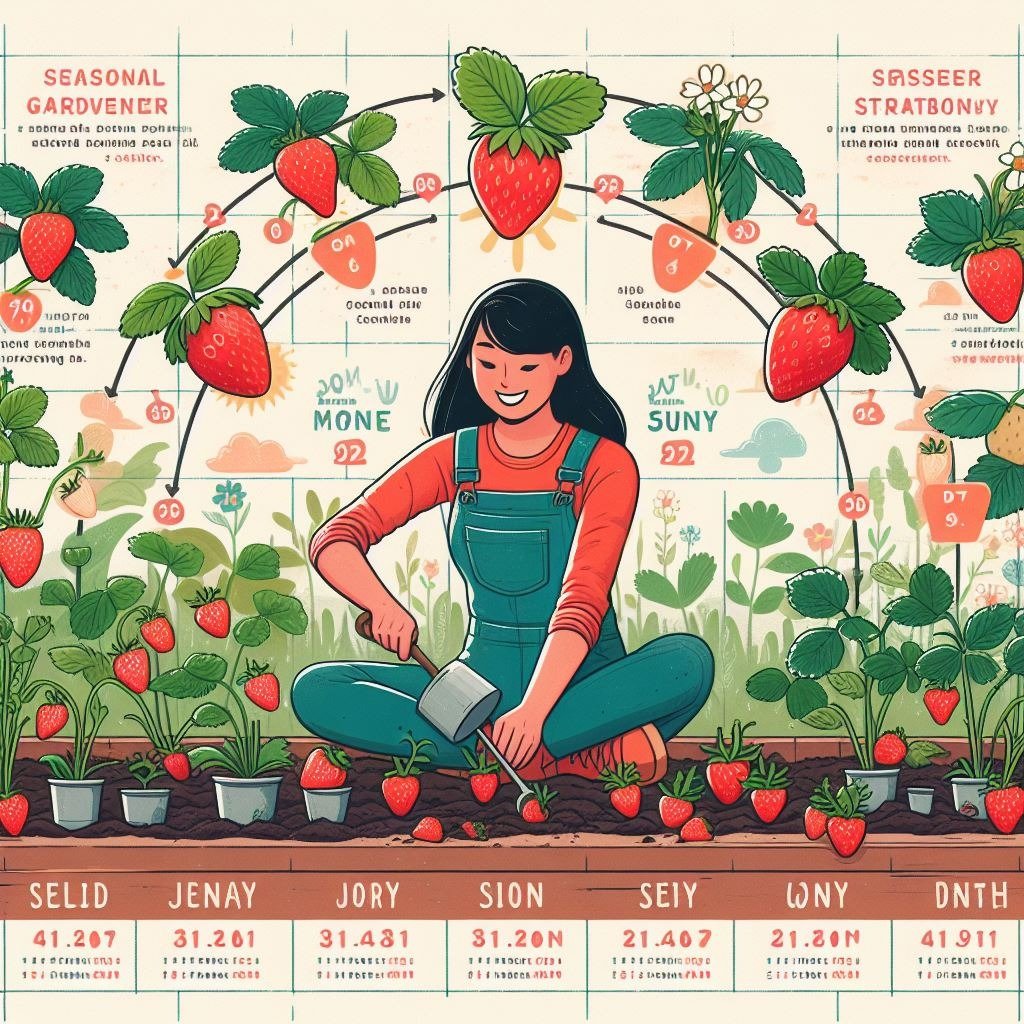
Timing is everything. When to plant strawberries for a great harvesting season is what you should worry about
When to plant strawberries In this book called “The Plot Hero’s Guide,” you are going to learn about the strategic
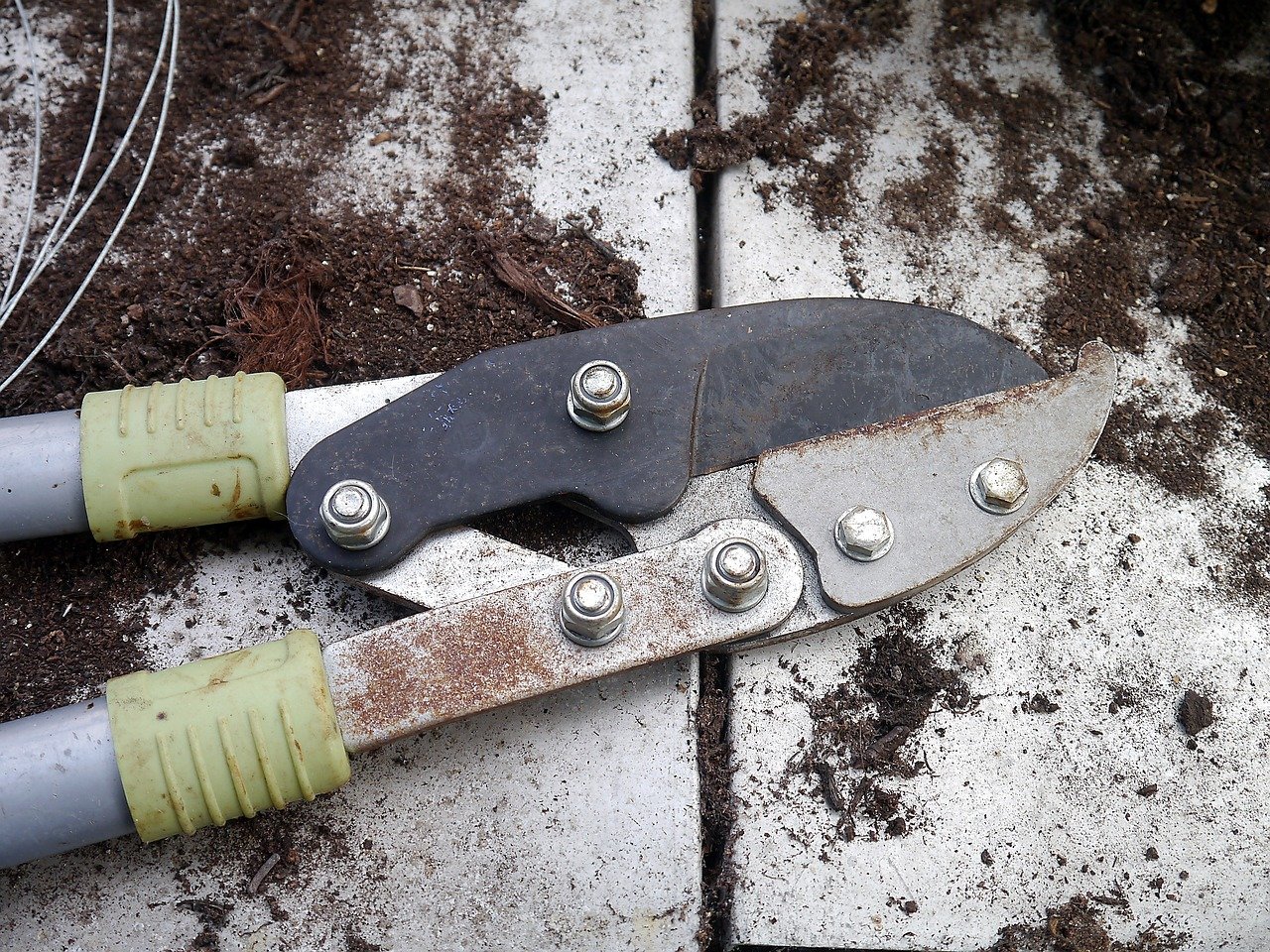
5 Best Pruner
Best Pruner Anyone who enjoys maintaining a lovely garden knows you should choose the best pruners. Pruners are some of
